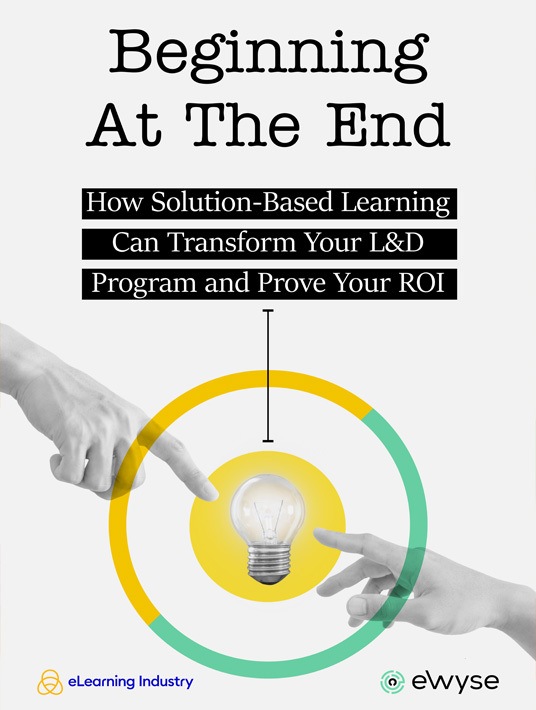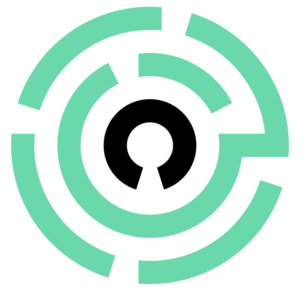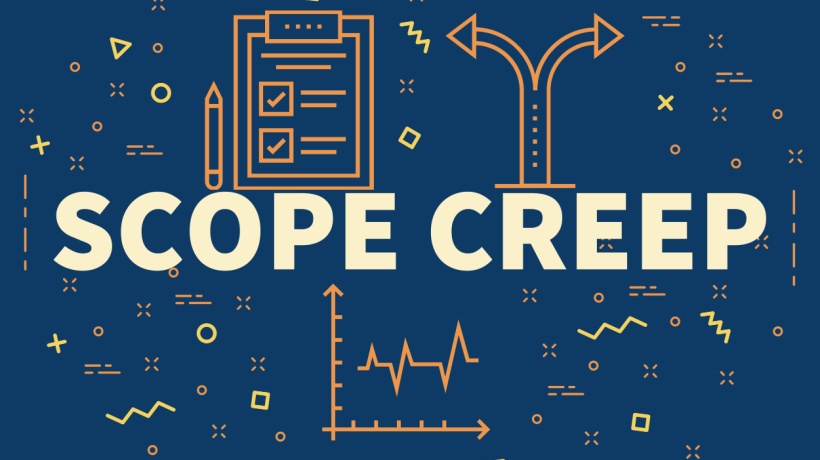Reevaluating The Traditional eLearning Development Perspective
Before we explore the many reasons for implementing solution-based learning in upcoming articles that tie into our eBook, it's important to look back on the "traditional" development mindset that many organizations still have today. One of the things this stems from is the notion that analyzing needs is a waste of valuable resources and time, and that you might as well jump right to designing content to overcome obstacles versus causing "unnecessary delays." The trouble with this way of thinking is that the obstacles in question might be only the tip of the iceberg. So, skipping ahead may have helped you pinch pennies in the beginning, but you'll end up taking an even bigger bite out of your budget to develop more training content that addresses your needs. Even then, you may not know where the problem originates or how you can fix it with L&D. Now, without further ado, let’s talk about the top 5 reasons to expand the scope with solution-based learning.

5 Reasons Why You Should Broaden The eLearning Project Scope
1. Focus Your L&D Efforts
Solution-based learning gives you the power to get everyone on the same page regarding priorities and desired outcomes. Rather than skipping ahead to the curriculum design stage, you can clarify your needs and expectations before you even start planning the first module or activity. This also helps prevent scattered or fragmented workflows since your team understands what's lacking from your current approach and how that ties into employee performance issues or skills gaps.
2. Target The Problem Instead Of The Symptoms
Creating an outline or mapping personalized learning paths right off the bat is a bit like putting a bandaid on the problem instead of treating the cause. Needs analysis allows you to figure out what the problem is and how it affects your company. However, figuring out the real problem is often easier said than done, as it requires a great deal of experience. So, you might consider including an expert through consultancy. This can also help you delve into how the problem can be solved and which resources are required to create training experiences that leave a lasting impression. Expanding the scope involves broadening your perception of eLearning design to include diagnosis so that you don't end up with countless courses that merely treat the symptoms.
3. Explore All Your Options
Even staunch advocates for eLearning like us acknowledge that sometimes eLearning isn't the cure for what ails your business. This is where many corporate growth strategies go off the rails. You've identified that there's an issue and immediately spring your L&D team into action. One course, five microlearning modules, and a series of assessments later, you discover that online training may not have been the solution after all. Solution-based learning allows you to explore all possible solutions because you've zeroed in on the core of the problem and aren't limiting your options to eLearning.
4. Measure Success On Your Own Terms
The solution-based approach starts with desired outcomes, which means that you're able to clearly identify milestones and parameters for success based on your business objectives even before you start the design process. For example, one of your key aims is improving CX scores by 5% through a targeted customer service training course. However, even after launching your new initiatives, your percentages fall short, and you have an inkling that employees may need additional skills or core competencies to get the job done. With solution-based learning, it's not a matter of simply uploading SCORM files to your platform of choice and leaving learners to their own devices. In fact, we work with you to ensure that you make the most of relevant metrics and achieve success on your own terms, and if not, our team troubleshoots and brainstorms to fine-tune the strategy in order to help you reach your goals.
5. Maximize ROI
Rushing into eLearning development isn't a risk worth taking, especially if you want to boost the health of your bottom line. Solution-based learning lets you focus on the most significant challenges that your business faces rather than scattering resources in different areas to see if something might just work. You also measure effectiveness along the way so that you know when to retrace your development steps and rethink your curriculum versus wasting time and money on initiatives that aren't meeting expectations.
Conclusion
Expanding the eLearning project scope gives you the power to adapt to your L&D plan to go beyond development and avoid skip-stepping, which has a direct impact on your outcomes and ROI. But what exactly is solution-based learning, and how can it help you transform your eLearning outlook? In the next chapter, we'll walk you through all the steps involved.
Download the eBook Beginning At The End: How Solution-Based Learning Can Transform Your L&D Program And Prove Your ROI today to discover how you can leverage the solution-based approach to achieve your objectives and make your eLearning development process more problem-centered.










